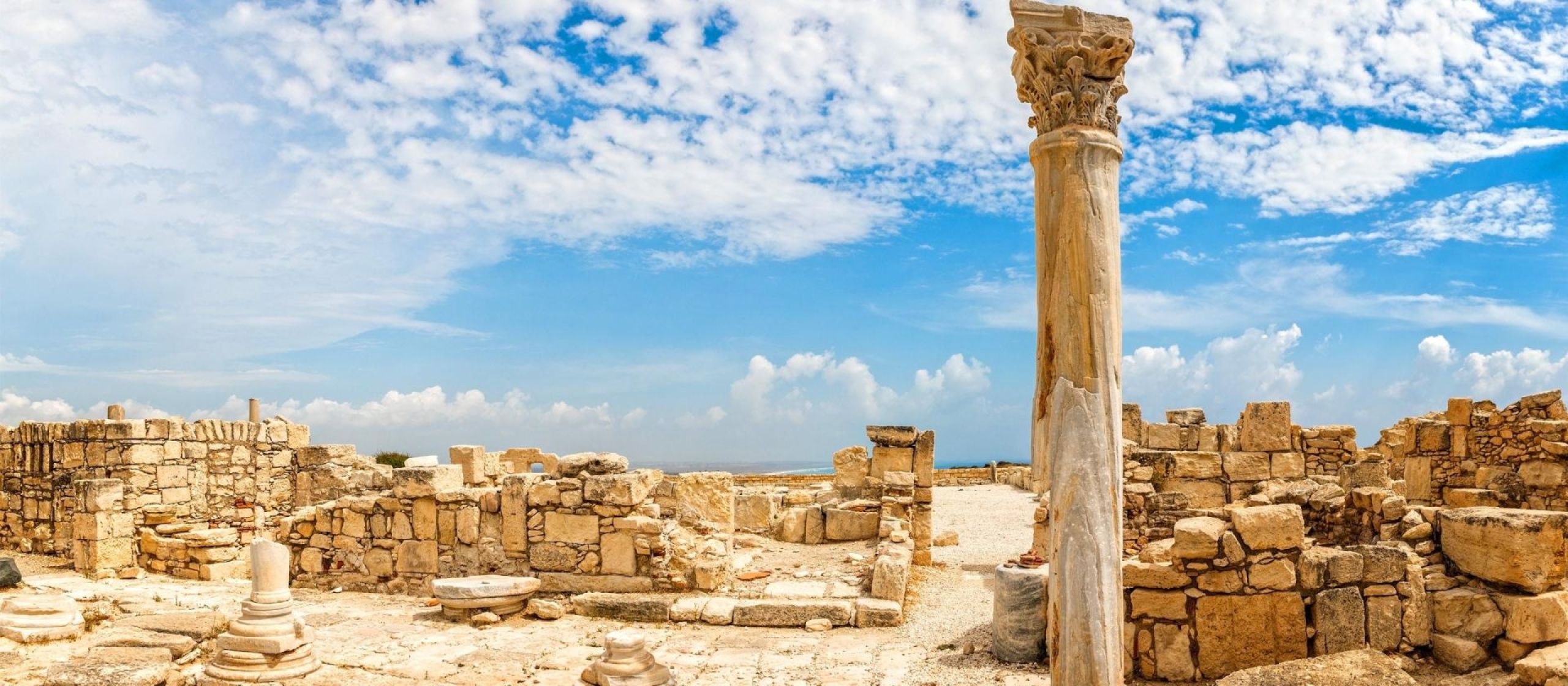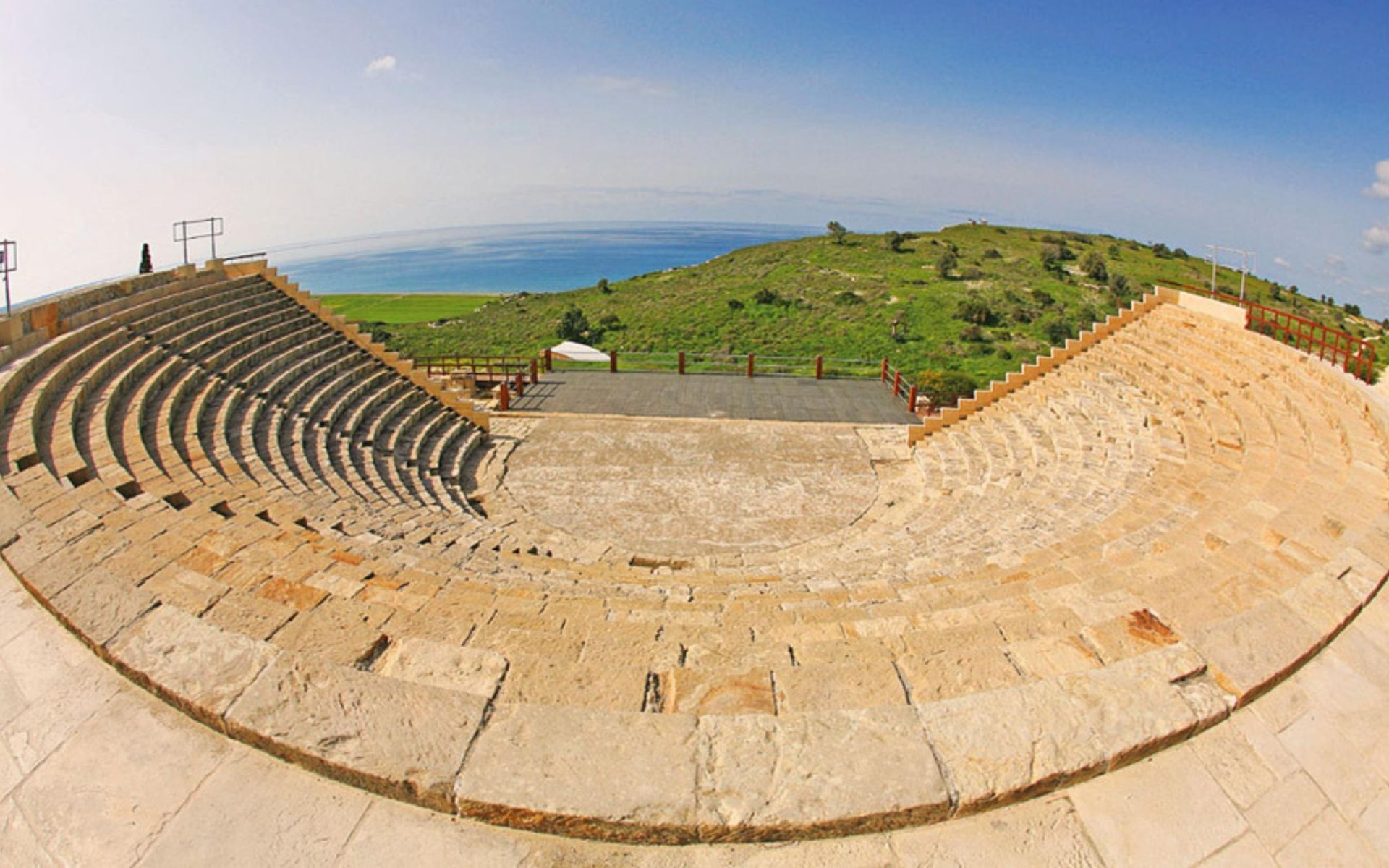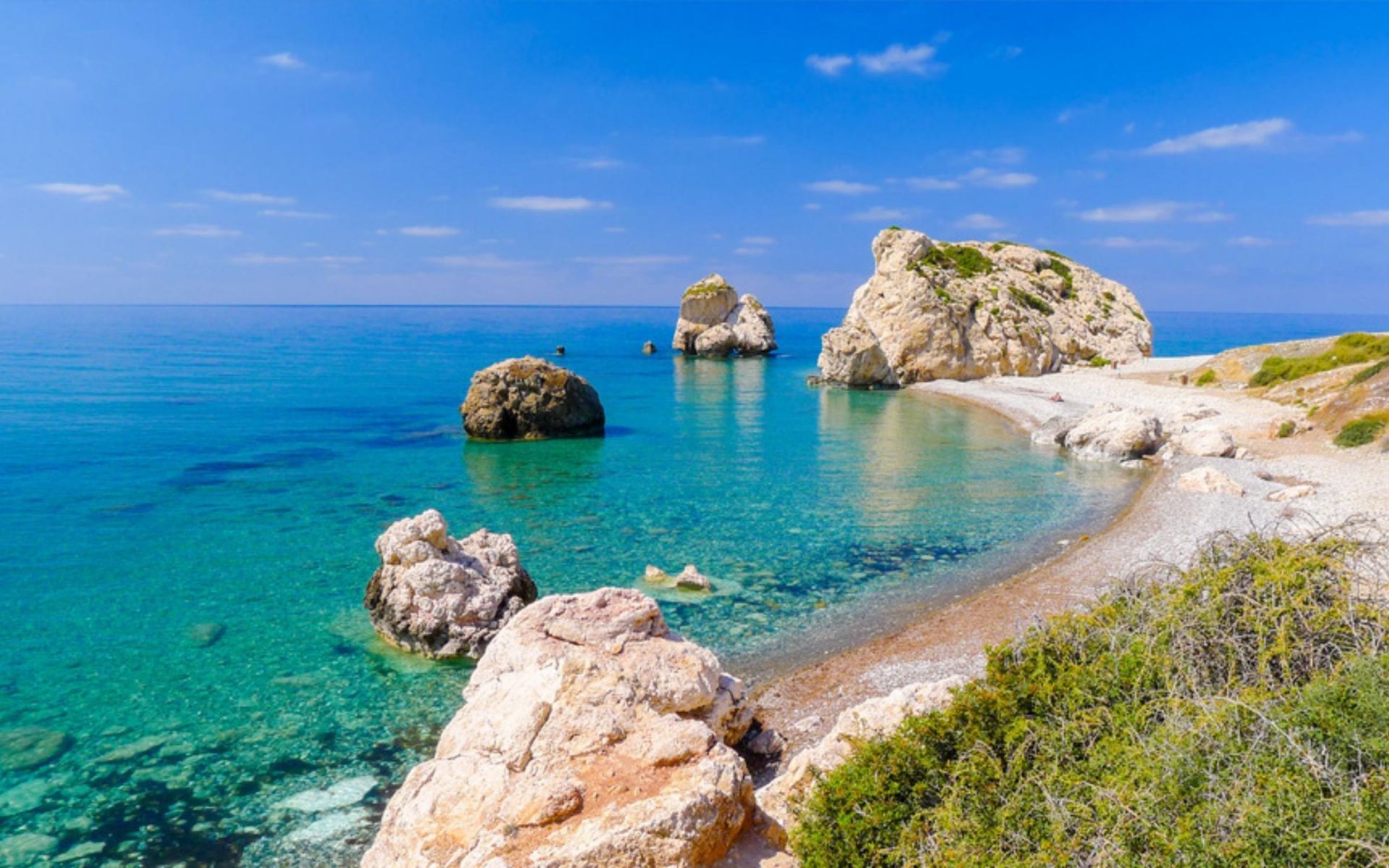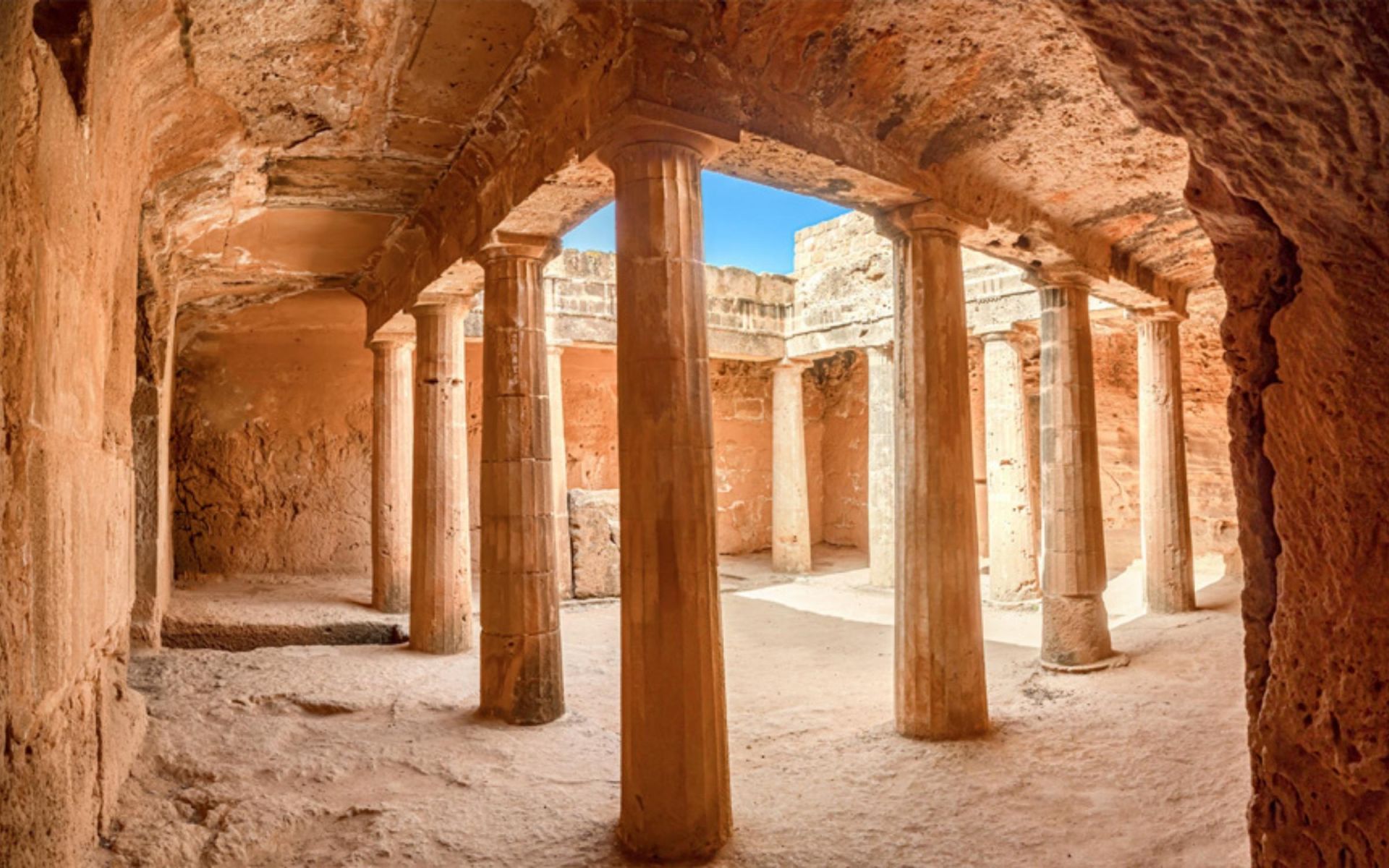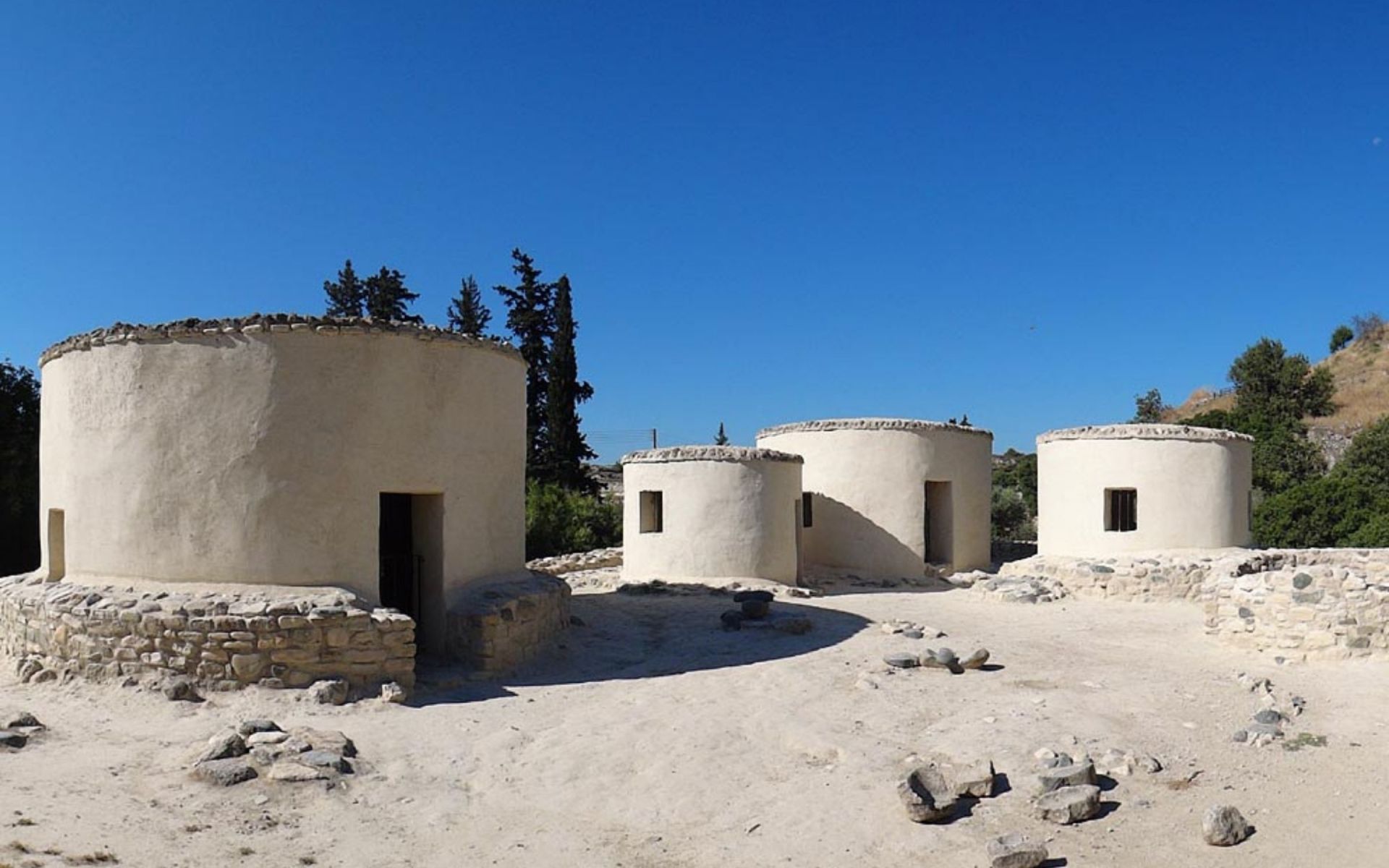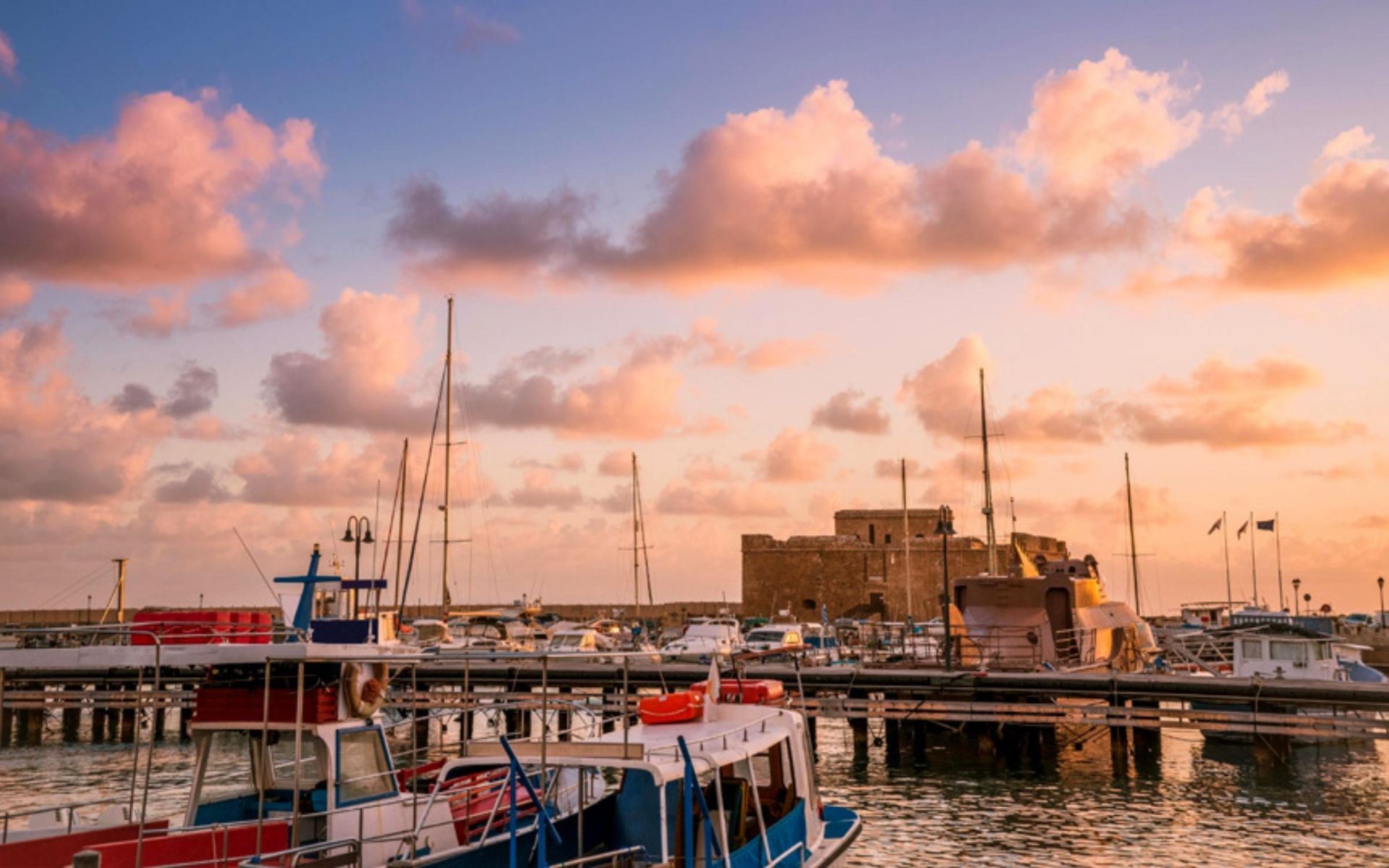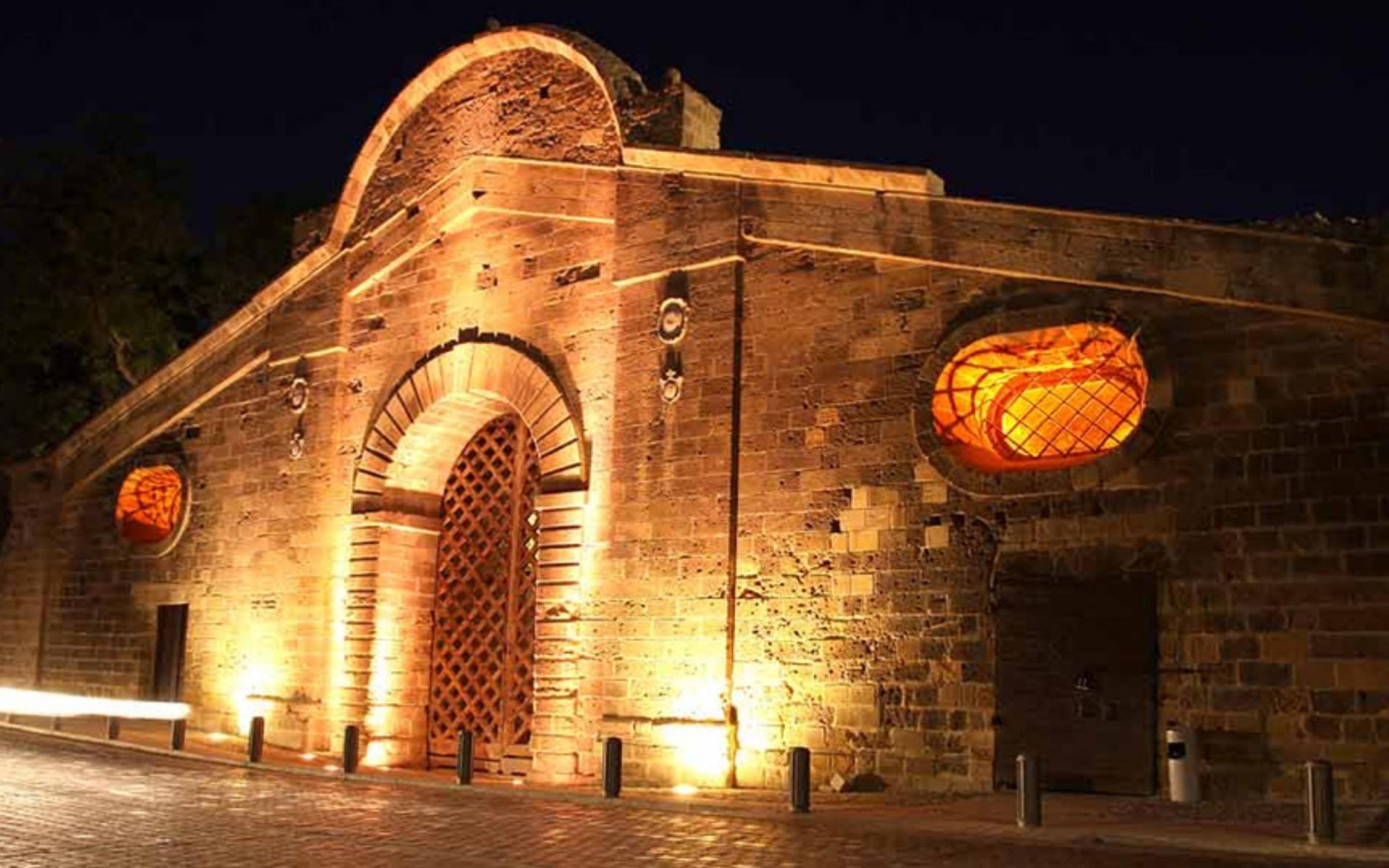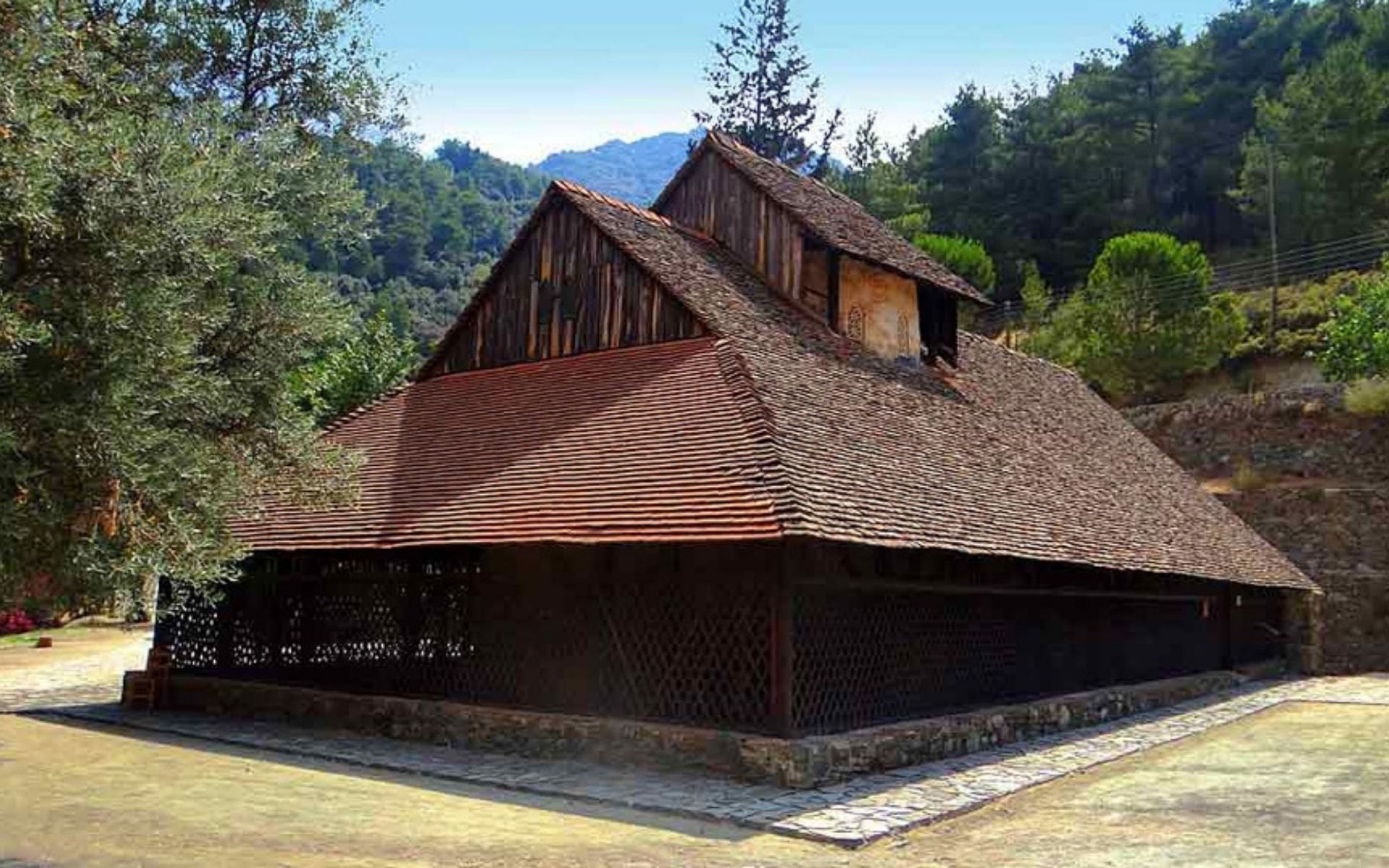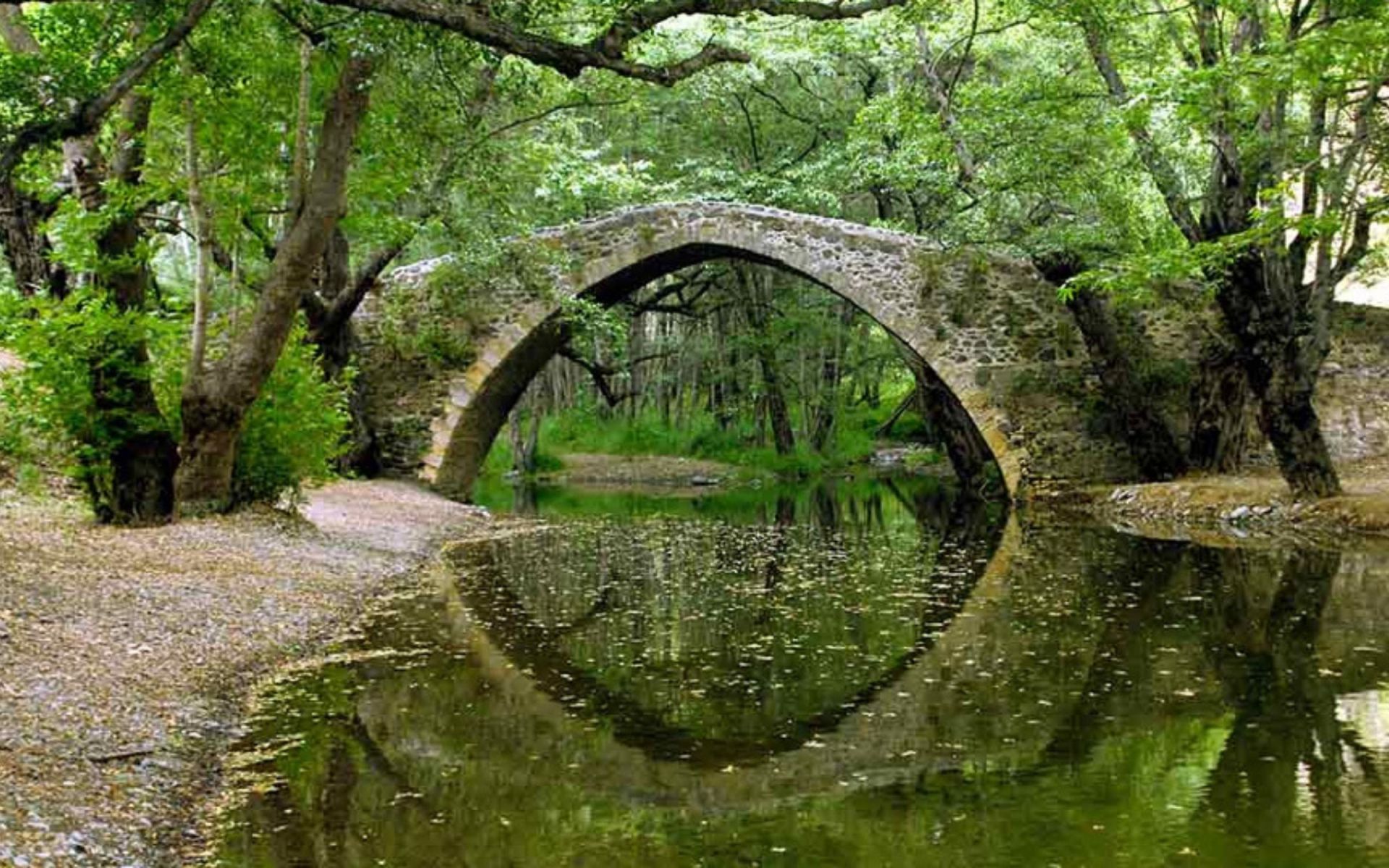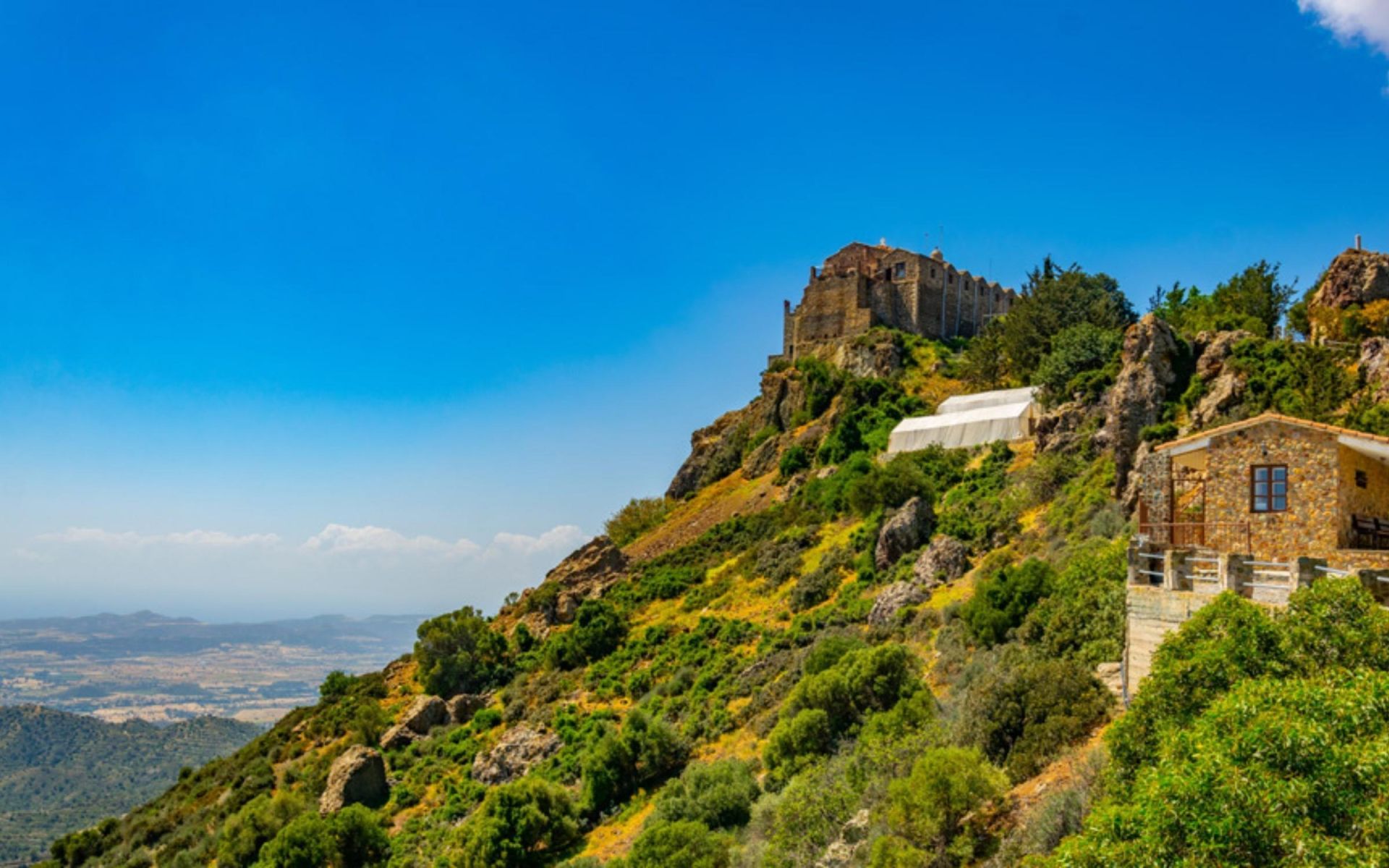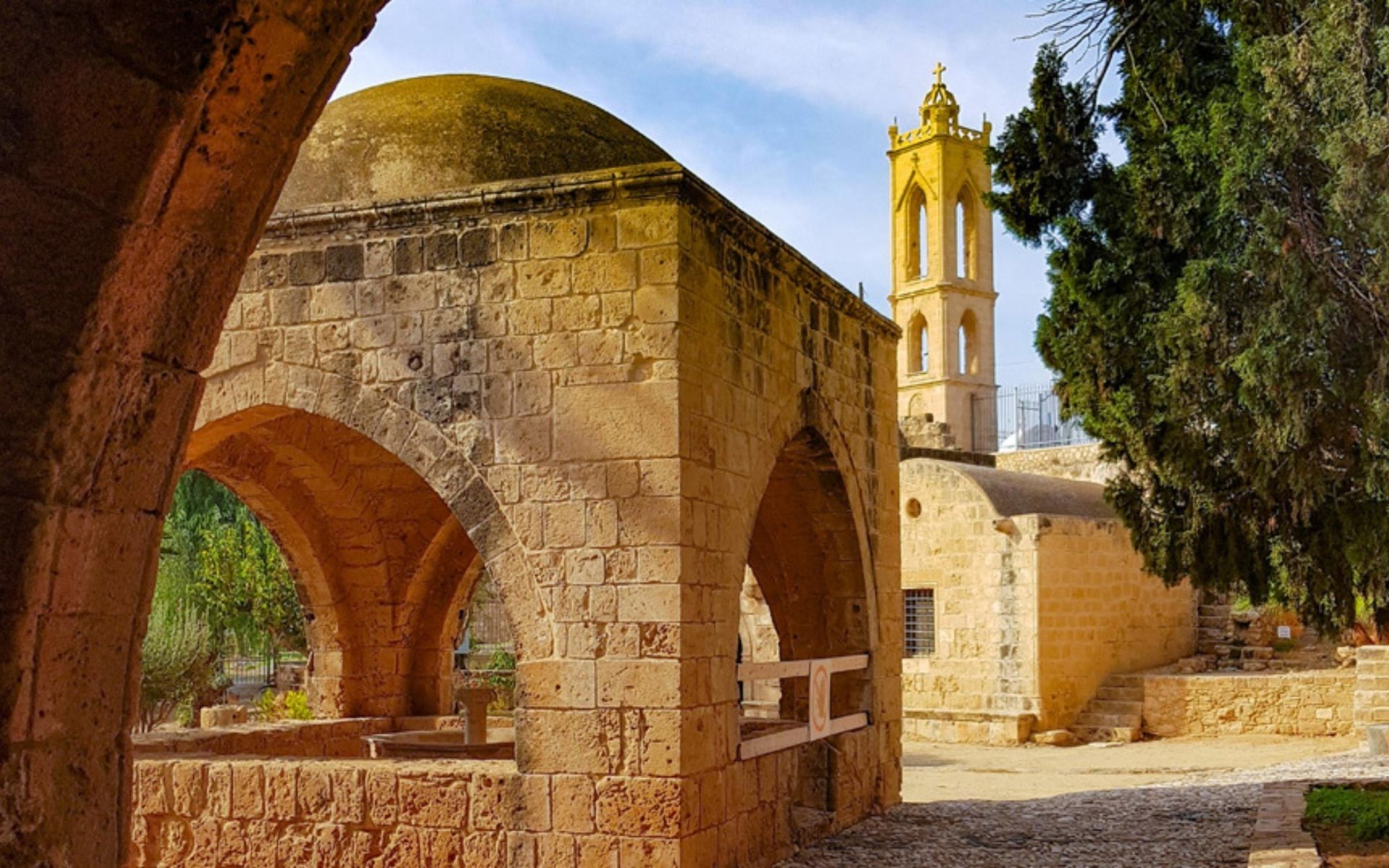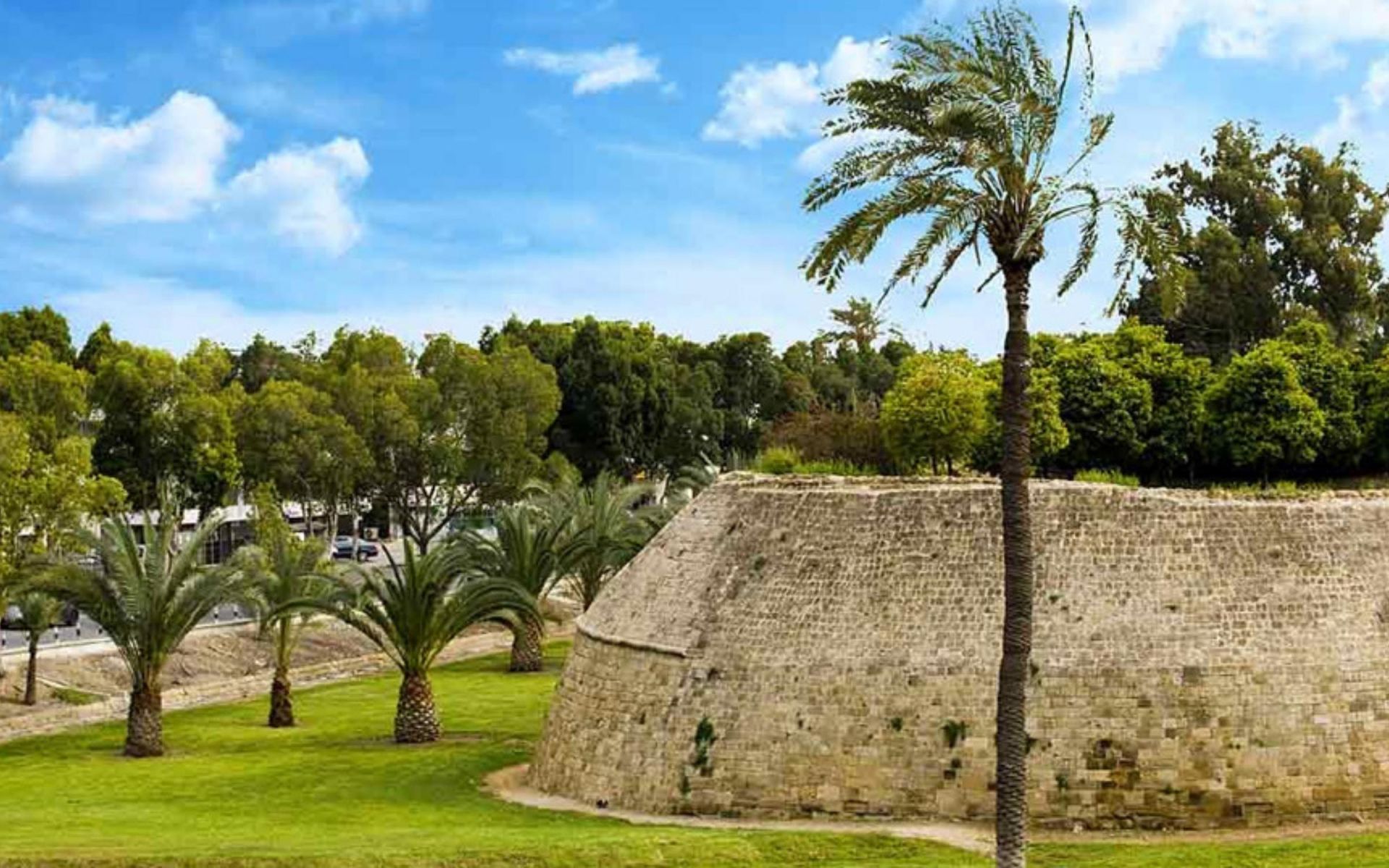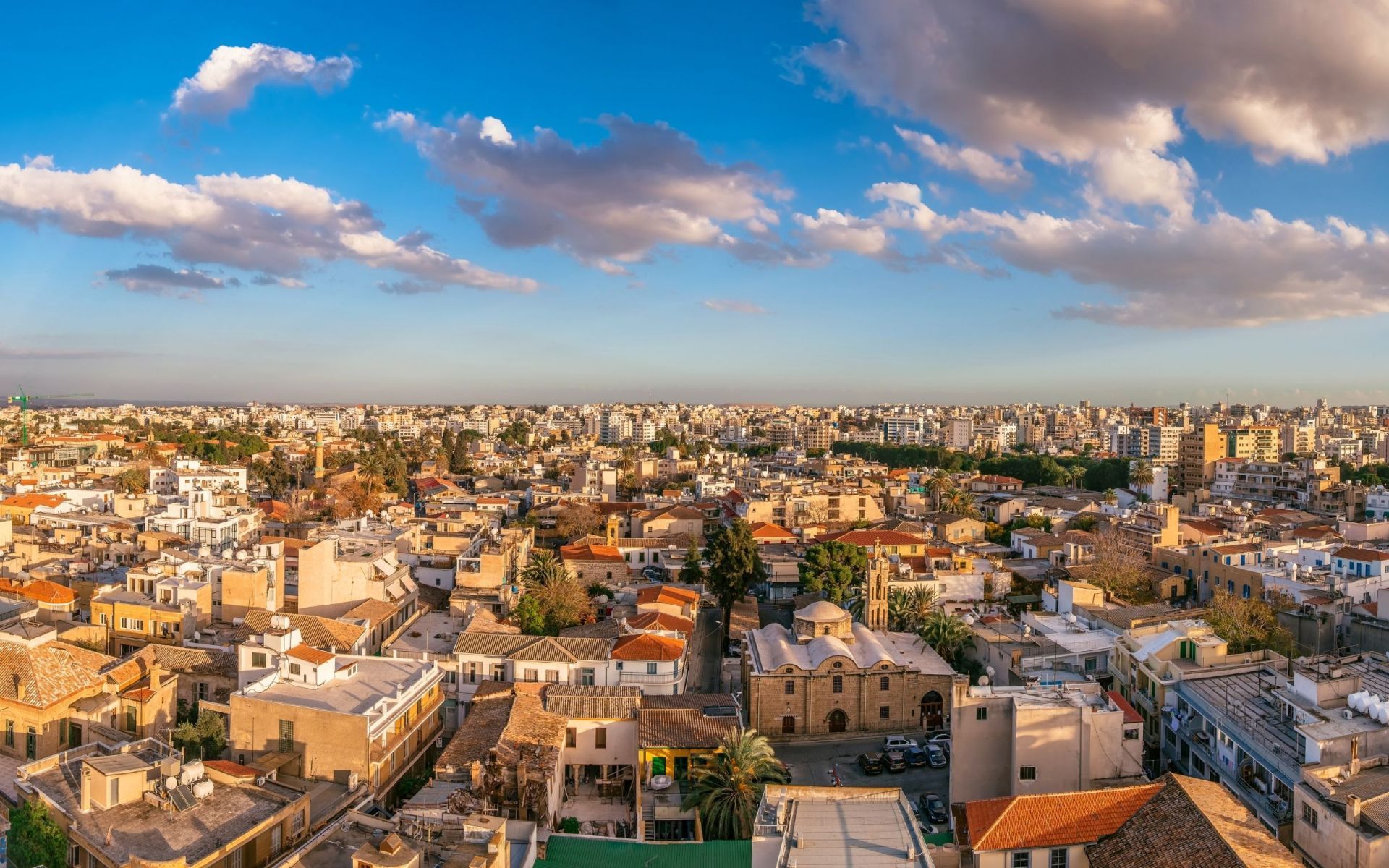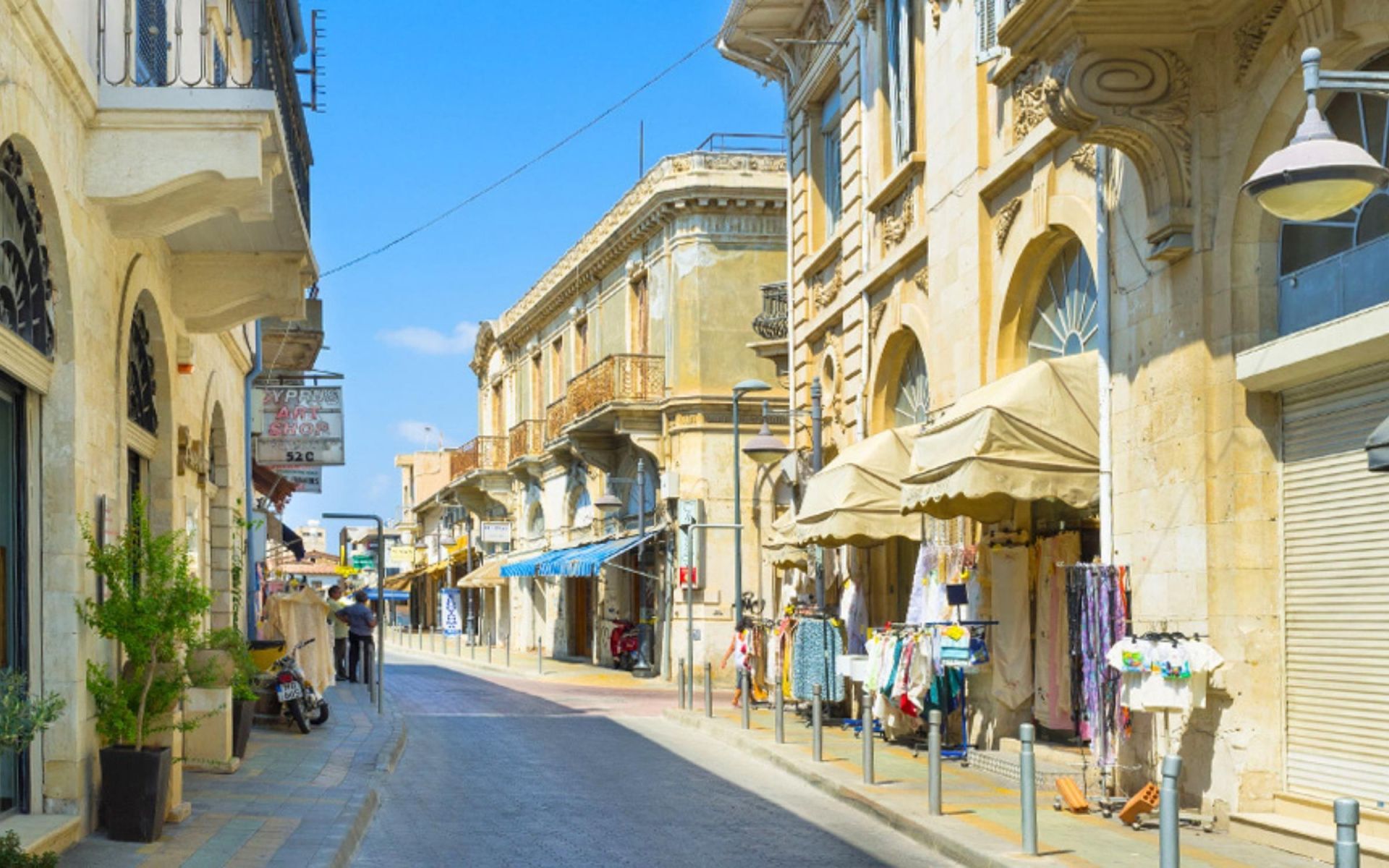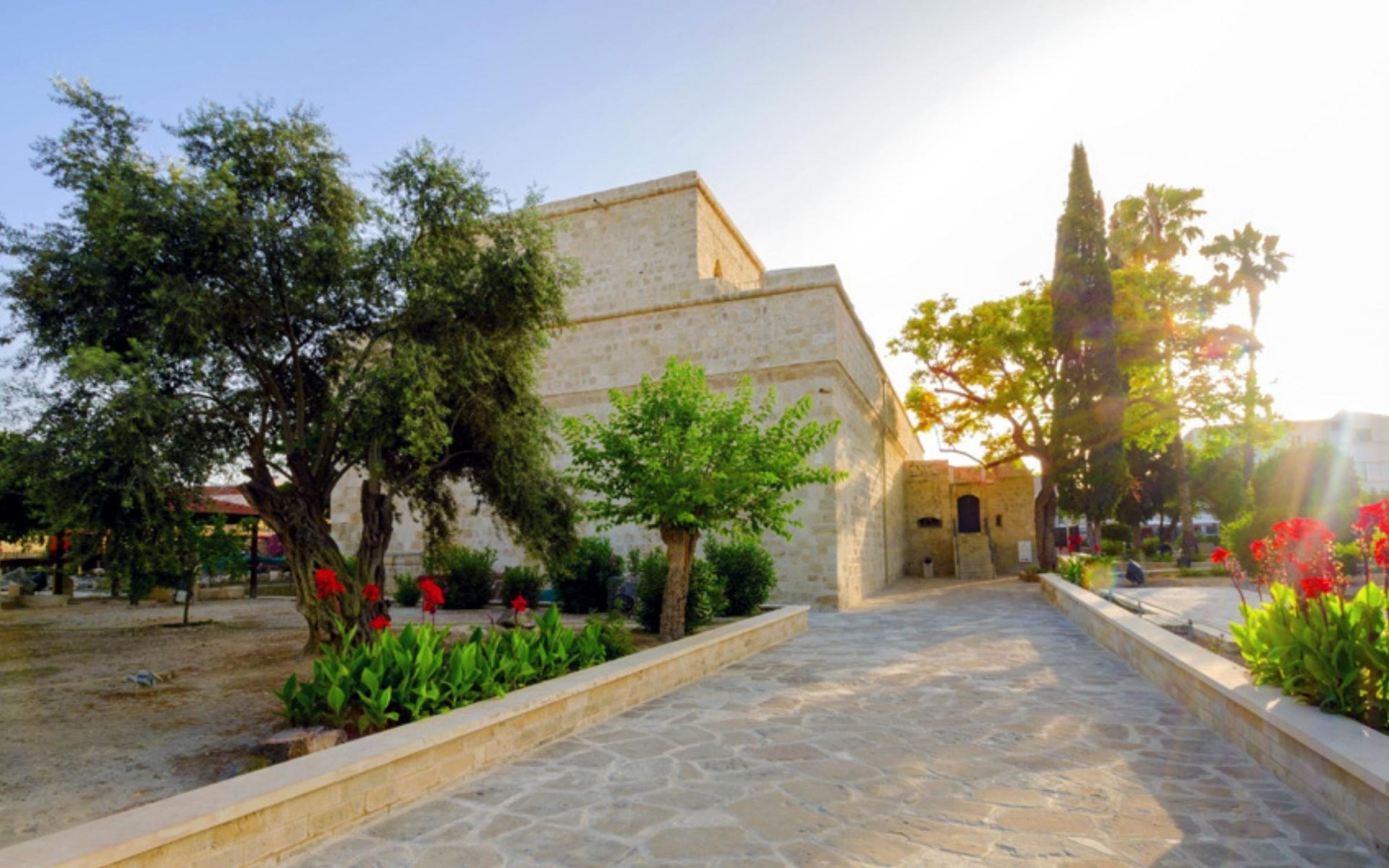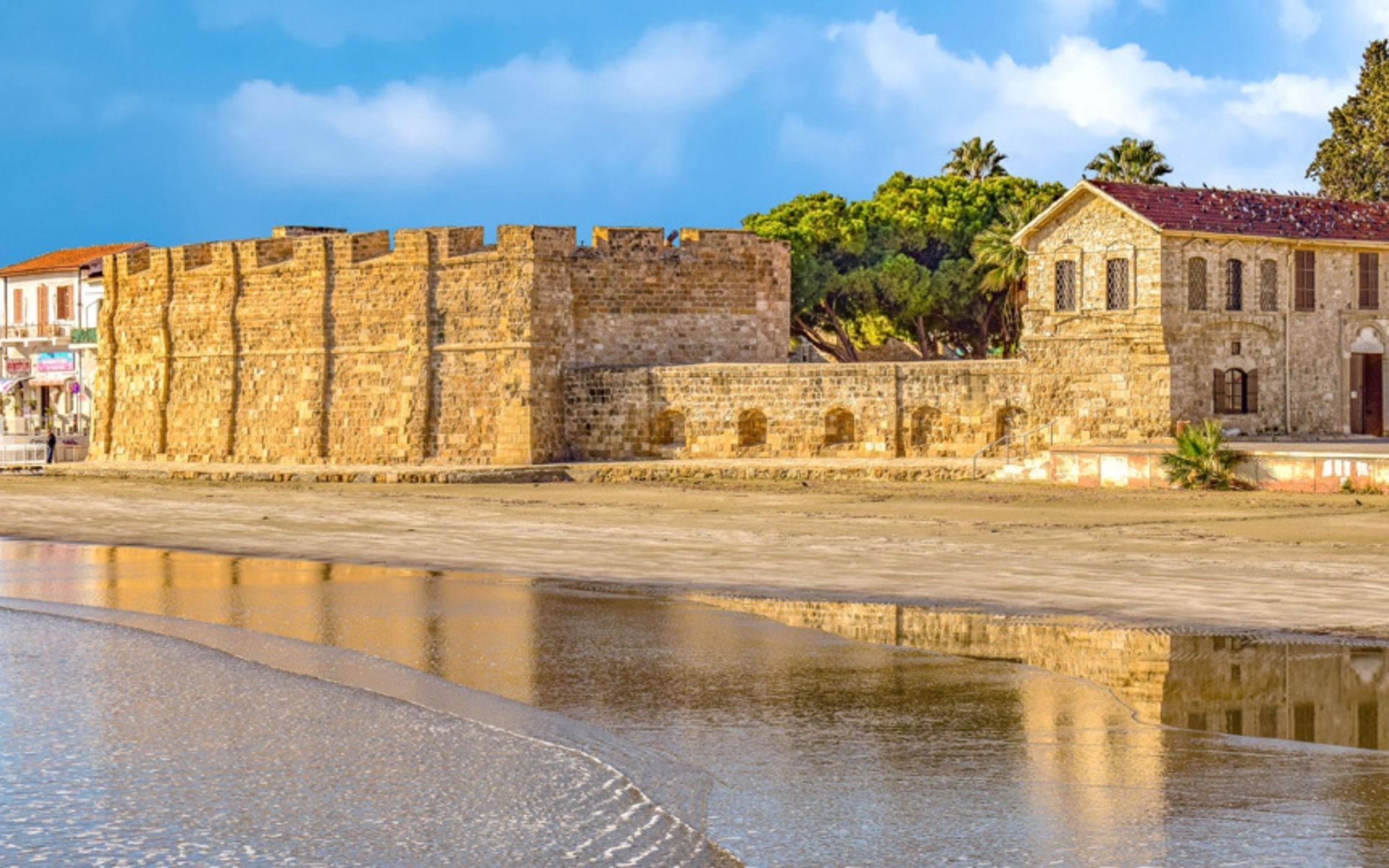Few words
If you wish to understand more about the beautiful past of Cyprus, you may visit a number of historical landmarks in Cyprus, such as ancient buildings, palaces, and parks. The presence of these Cypriot monuments will transport you through the country’s rich past.… If you are interested in learning in-depth historical knowledge about Cyprus, we propose that you join a fantastic guided tour that visits the most important historical sites. Additionally, verify the opening and closing times so that you can plan your day.
Kourion – Curium Ancient Amphitheater
Kourion is one of the most stunning archaeological sites on the island. It was a great city kingdom and today new treasures are still being discovered there. What is most prominent in this site is the Greco – Roman amphitheatre. Villas with extravagant mosaic floors and an early Christian Basilica are among the treasures that are found here…
Petra Tou Romiou – Birth Place Of Aphrodite
Enormous rocks constitute an intriguing geological formation on the south west coast in the Paphos district. It is one of the most impressive natural spots in the island. According to myth this is the place where Aphrodite, the Greek goddess of love, rose from the sea and was carried on a large shell at the rocks known today in Greek as “Petra tou Romiou”…
Kolossi Medieval Castle
Situated on the South coast of Cyprus, west of Limassol city, the famous Kolossi Castle stands an imposing site. This Medieval fort is one of the most important on the island. Lying in the heart of a rich and fertile valley to the mouth of the river Kouris, the castle was often mentioned by sightseers of the Middle Ages. This was mainly due to its vast olive, cereal, sugar-cane and locust-tree …
Kato Paphos Archaeological Park&Tombs Of The Kings
KATO PAPHOS ARCHAEOLOGICAL PARK (MOSAICS): In 1980 UNESCO placed the Kato Paphos archaeological site on its World Heritage Sites list. This was a catalyst for the creation of a plan for the protection and maintenance of all archaeological remnants as well as promoting them and offering detailed information to visitors…
TOMBS OF THE KINGS: The “Tombs of the Kings” are found in the necropolis of Paphos, close to the sea. They have inherited this title due to their size and grandeur. Some of these tombs likely belonged to the Pafian (of Paphos) aristocracy, and not of royalty. They are hewn from rock and date to the Hellenistic and early Roman periods. Several tombs imitate the houses where the departed lived while alive, with the rooms (now burial chambers) opening on to an atrium. They bear similarity with tombs found in Alexandria, which is indicative of the close relations the two cities had during the Hellenistic period.
Choirokitia Neolithic Settlement
Part of the UNESCO World Cultural Heritage List, this wonderful Neolithic settlement was discovered well preserved. The site depicts the Neolithic period in Cyprus, offering insight on the Neolithic culture in the area. This site contains 5 dwellings that have been reconstructed based on the Neolithic construction mould…
Kato Paphos Medieval Castle & Harbour
Paphos (Pafos) Castle was initially a Byzantine fort constructed to protect the harbour. In the 13th century the Lusignans rebuilt it only to be pulled down by the Venetians in 1570 during the Ottoman invasion. Then, the Ottomans rebuilt it again after they captured the island a short while after. The role of protecting the harbour was originally undertaken by the Saranta Kolones…
Pafos castle was declared an ancient monument in 1935 and is one of the most important landmarks in the Paphos region. Numerous cultural events take place in the square immediately in front of the castle. Every year during the month of September, the castle hosts the Pafos Aphrodite Festival which presents a different opera each year by world renowned artists with the castle featuring as a majestic backdrop to the event.
The Sanctuary of Apollo Hylates
Located close to the ancient city of Kourion, the temple of Apollo Hylates was one of the main religious centres of Cyprus where the mythical god Apollo was worshipped as Hylates, that is, the god of the woodlands. This distinctive architectural complex sheds light concerning the development of a Cypriot rural sanctuary dating from to the Bronze Age…
Famagusta Gate
Famagusta Gate is the most important of the three gates of the Venetian Walls of Nicosia in the eastern part of the walls in Old Nicosia. Built in the the 16th century by the Venetians in order to defend the city against the Ottoman Turks. Originally named Porta Guiliani after Giulio Savorgnano, the designer of the walls. In 1980 the gate was restored and they use it now as a cultural center.
Unesco World Heritage – Byzantine painted Churches
The Troodos area is characterized by one of the largest groupings of Monasteries and Churches of the Byzantine Empire dating from the 11th to the 17th centuries. This complex of 10 monuments in Troodos, all richly decorated with murals and icons, is on the UNESCO World Heritage Sites List due to their important historical and artistic value….
Tzielefos Medieval Bridge
Famagusta Gate is the most important of the three gates of the Venetian Walls of Nicosia in the eastern part of the walls in Old Nicosia. Built in the the 16th century by the Venetians in order to defend the city against the Ottoman Turks. Originally named Porta Guiliani after Giulio Savorgnano, the designer of the walls. In 1980 the gate was restored and they use it now as a cultural center.
Stavrovouni Monastery
Sitting on top of a mountain peak, Stavrovouni Monastery, dedicated to the Holy Cross, was founded in 330 A.D. by Saint Helen, the mother of St. Constantine the Great. She brought with her from her travels to the Holy Land a piece of the Holy Cross with which the Monastery derives its name. People can come to venerate it as it is enshrouded in a large silver Cross…
Agia Napa Monastery
The Monastery of Agia Napa lies in the village which bears the same name. No one knows exactly when the Monastery was built. The cave, the hiding place and the well, testifies to the presence of a Christian community there during the Byzantine years (11th century). The first part of the temple was built during the Frankish period (13th – 14th century), while the rest of the Monastery…
Among some of the well-known visitors of the monastery was the Nobel Prize poet Giorgos Seferis, a Greek man, who was awestruck by the beauty he beheld when he visited it. He decided to dedicate a hymn to the Monastery, thus writing the poem “Ayia Napa B’ ”which can be found in his collection of poems titled “Emerologio Katastromatos C” (Logbook III.)
Nicosia Venetian Walls
The first walls surrounding Nicosia were built by the Franks in the 14th century and encircled a greater area than the Venetian walls built in the 16th century that still encircle the old town. When the Venetians had sovereignty of Cyprus, they pulled down the Frankish walls because they were out dated against new weapons as was artillery…
Nicosia Old City
With its 5000 yearlong history, walking is the ideal way to get a feel for the character, history and continual cultural development of Lefkosia (Nicosia). Despite its historical difficulties, Nicosia is still the heart of Cyprus. This can be seen through the ongoing efforts to revitalize the old city, especially through the Nicosia Master Plan, executed under the auspices of the United Nations…
Limassol Old Town
The old town of Lemesos (Limassol) is the heart of the city with its narrow streets radiating out from the old fishing harbour. Explore the historical centre of Lemesos by walking through the old streets and discover its long history. Some of the main features are its monuments, unique architecture, traditional workshops, the old market and the traditional shops…
The construction of the state-of-the-art marina running parallel to the old harbour is approaching its completion. For people looking for a holiday that takes in more than the usual sun and sea, Lemesos is at the very heart of one of the island’s richest areas for exploration. Staying here places you in easy striking distance to some of Cyprus’ best historical remnants, and the lush, green mountains of the Troodos region. Municipal Market: The atmosphere, the abundance of fruits and vegetables, the traditional merchants and the customers that arrive there from surrounding villages, all draw an exciting picture.
Limassol Medieval Castle
Limassol castle lies in the centre of the old city and above the old harbour. Based on local Cypriot tradition, Richard the Lion heart married Berengaria of Navarre and crowned her Queen of England right here in 1191. The fort has suffered damage throughout the years from the hands of many different invaders to the island, and from various destructive earthquakes…
Larnaca Medieval Castle
At the end of Athens Avenue, at the ending point of the Palm Tree Promenade and at the starting point of Makenzie Beach road, stands Larnaka Castle. It was built in the 12th century as the first fortification of the Byzantine Era. The first written testimony of the castle is in the 14th century when the chronographer Florius Boustronius dated it to the years of James I, the Luzignian King…
Larnaca Salt Lake & Hala Sultan Tekke Mosque
Upon arriving at Larnaca International Airport, the first site of interest you will encounter is the Salt Lake of Larnaca. A magnificent nature place. The total surface area of the Larnaca Salt Lake is 2.2 Km² and it is considered one of the most important wetlands in Cyprus with an array of plants, birds and wildlife. It has a history as a natural habitat of sea life that can be traced…
From 17th century B.C. onwards it was a natural port for the prehistoric town next to Hala Sultan Tekke, but was then abandoned by the inhabitants during the 11th century B.C. The natural port became destroyed roughly the same time as when the gulf was closed, and the central Salt Lake was thus formed. Excavations in the region reveal that this could have been one of the first natural ports that facilitated trade between Cyprus and the great civilizations of the area at the time when international seafaring exchanges was just commencing.
One of the more important and costly exports of this prehistoric town and of the neighbouring town of Kition that was booming, was porphyry-red dies, made from the juices of murex-shells. These shells were abundant in the gulf and until now in the Larnaca bay, where you can see the water in the salt lake often having a reddish colour. As can be deduced by the lake’s name, salt was another valuable prehistoric product of the lake which was greatly exploited throughout the centuries until recently. Many historians dating back from Before Christ, reported on the great quality of the salt here and the large income it gave from exports.Hala Sultan Tekke: Dated around the 18th century, it is built over a tomb which according to tradition belongs to Umm Haram, foster-mother of the Prophet Mohammed.
Amathous Ancient City
Situated near the vicinity of Agios Tychon, the ruins of one of the biggest ancient kingdoms of the island lay here: Amathus, which was also a royal city. It derived its name from Amathusa, the mother of King Kinyras from Paphos. According to folktale, the city of Amathus was home to one of the sons of Heracles, who incidentally, was worshipped there…
Cyprus Villages
Its beautifully unique natural environment is complemented by its traditional villages and architecture which lend it a special character and are always welcoming of visitors in the traditional warm and hospitable Cypriot way. Such an environment imbues a peaceful harmony between humans and nature something which can be felt as soon…
 Cities/District
Cities/District Monasteries
Monasteries Unesco Churches
Unesco Churches Food & Drink
Food & Drink  Limassol to Nicosia
Limassol to Nicosia Famagusta to Machairas
Famagusta to Machairas Kourion to West Akamas
Kourion to West Akamas Hotels
Hotels Villas
Villas Agrotourism Accommodations
Agrotourism Accommodations Flights
Flights Rent a Car
Rent a Car